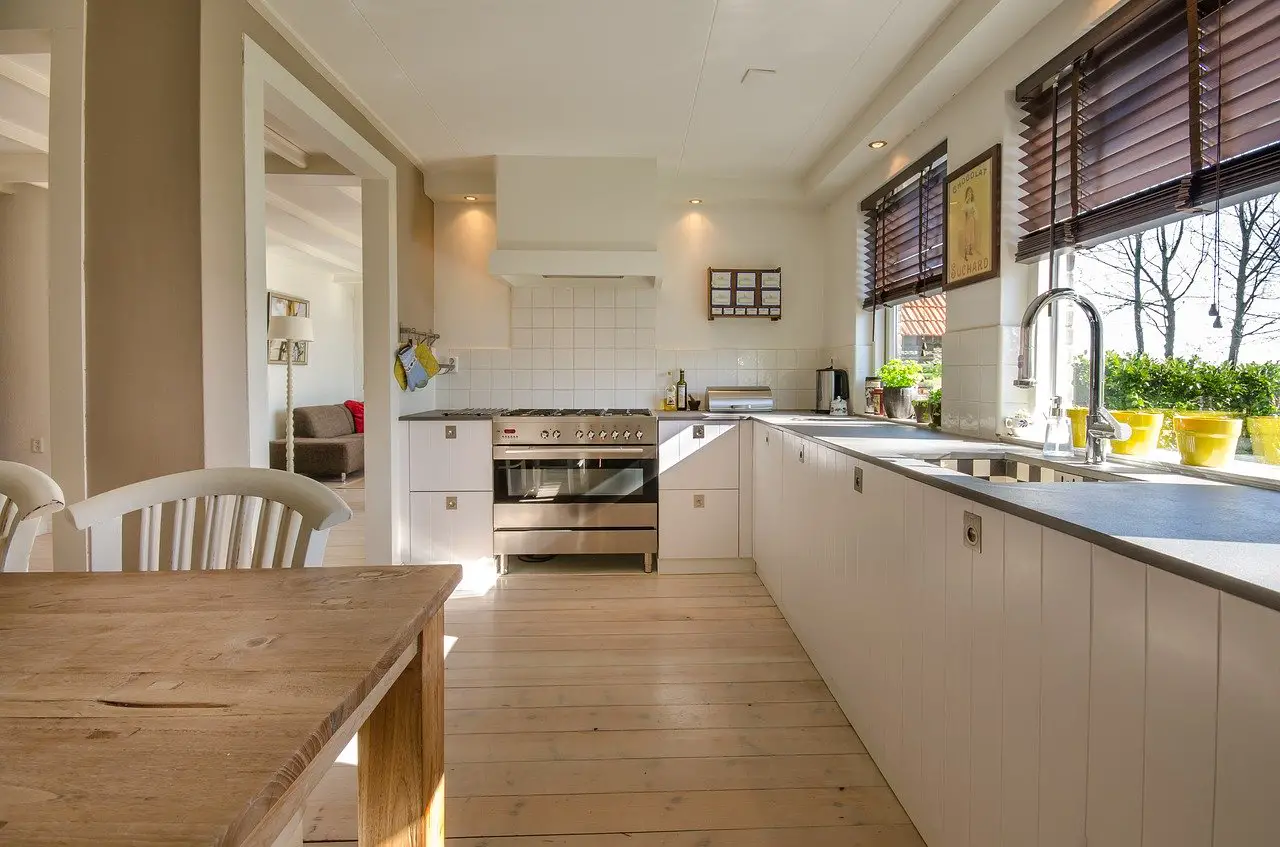Power-consuming appliances, a running tap and food items that have started to smell and just need to be thrown out. It is easy for expenses to go away because of bad habits in the kitchen – luckily, bad habits can easily be replaced by good habits.
1. The right temperature in the refrigerator and freezer
There is no reason to have too low temperatures – it just means that you are using unnecessary power. The freezer should be at -18 ° C and the refrigerator at 5 ° C. It doesn’t have to be colder than that.
2. Look in the refrigerator before shopping
Good advice is to not shop when you are hungry – another good advice is to look through the refrigerator before you go shopping. This way you avoid both double shopping, while knowing what it is you need to supplement!
3. Do not allow the tap to run
Turn off the tap when, for example, peeling potatoes. The same applies if you wash by hand. Instead, fill a tub with water – one to wash in and one to rinse in.
4. Do not use too much water when boiling
Whether you cook vegetables or potatoes, they should only have water so that they are just covered. Vegetables like broccoli do not even need to be cooked. It is enough for them to stand in water you boiled in the kettle and soak for a few minutes. It saves both power and gives the broccoli a little chew resistance.
5. Reuse the descaling water to the shower head
Save the vinegar water from the coffee maker or kettle if you descale them. Pour the water into a plastic bag and tie it around the shower head in the bathroom. Make sure the shower head is completely covered with the vinegar water. After a couple of hours, the shower head is shining clean again
6. Use the kettle
When cooking spaghetti, potatoes or pasta, it may be worthwhile to boil the water in the kettle first and then pour it over in a saucepan. The kettle uses only a fraction of the power a hob uses to get warm.
7. Use pots of the right size
It may seem a bit reversed, but a small saucepan may be due to significantly greater energy consumption than larger ones. At least that’s what happens if the pot is smaller than the hob. In fact, a pot that is only 1 cm smaller in diameter than the hob can cause energy spills of up to 20%.
8. Buy energy-friendly appliances
There can be large sums to save if you replace your old refrigerator or your old freezer with a more energy-efficient model. As a starting point, you should choose models with energy labeling A +++ if you want to save power. The energy-friendly models can be more expensive in purchases, but the extra expense pays off in the long run.
9. Use the after-heat
You have additional heat in both the stove and in the oven. Turn them off a few minutes before the food is done and utilize the after-heat instead of just letting it go to waste.
10. Use microns for some of the cooking
Some food can be cooked or simply heated in the microwave. It is considerably more energy-efficient than starting the oven or using all the plates on the stove.
11. Fill up the dishwasher and use the energy program
It matters if the dishwasher runs 4 or 6 times a week. Always refill the dishwasher without overfilling it. And always use the dishwasher’s economy program.
12. Pour the coffee into a thermos
We Swedes drink incredible amounts of coffee. But instead of leaving the coffee maker on to keep the coffee warm, it is a good idea to pour the coffee into a thermos. You can save hundreds of dollars a year by changing such a simple bad habit.

